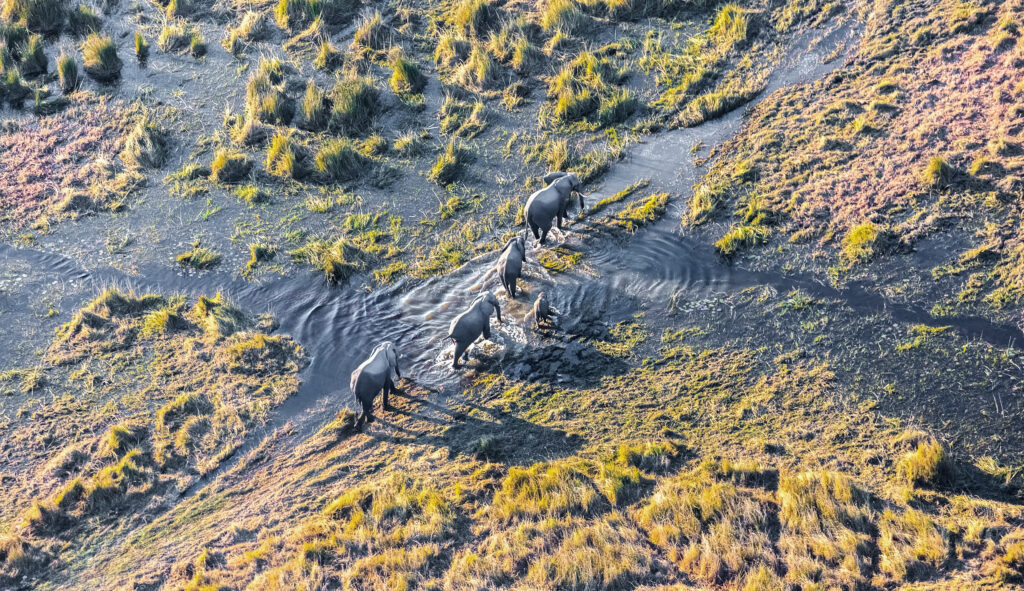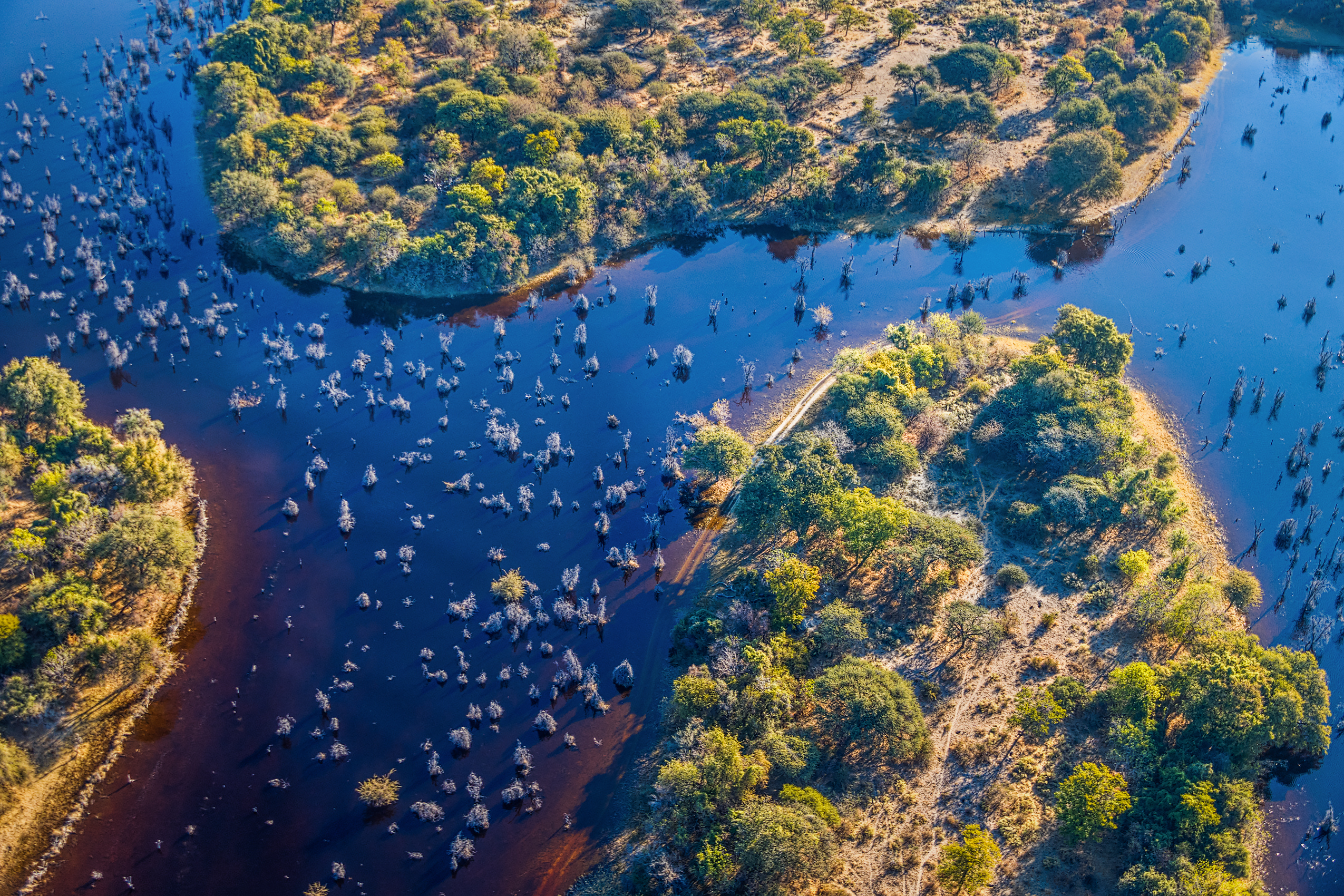World heritage Convention
UNESCO World Heritage Sites are protected cultural and natural sites that are significant to human heritage or demonstrate outstanding beauty. UNESCO, which has been working on the preservation of the sites since 1972, constantly revises the list of sites.
It’s no secret that Europe is a gem for history buffs, but did you know that over a third of the currently listed UNESCO World Heritage Sites are in Europe? With over 400 locations in Europe alone, from the medieval streets of Prague to important sites like Auschwitz, you’re bound to stumble upon several sites when you visit.
Stari Most – Mostar Bridge – Mostar, Bosnia and Herzegovina.
Stari Most also known as Mostar Bridge, was rebuilt in the 16th century. Commissioned by Suleiman the Magnificent, this beautiful bridge crosses the river Neretva and connects the two parts of Mostar city. During the Croat–Bosniak War, the Army of the Republic of Bosnia and Herzegovina used the bridge as a military supply line, and the bridge was shelled by the Croatian Defence Council (HVO) and collapsed on 9 November 1993. Subsequently, the bridge was reconstructed, and it re-opened on 23 July 2004.


Budapest, Hungary – including the Banks of the Danube, the Buda Castle and Andrassy Avenue
Budapest’s World Heritage Site listing includes the Banks of the Danube, the Buda Castle, and Andrassy Avenue. Therefore, you can easily spend a day, if not two, exploring the romantic centre of Budapest.
Enjoy a walk along the river banks of the Danube, admiring the castle district of Budapest. In particular, take your time examining the Gothic Buda Castle, which has heavily influenced architecture. Next, stroll down Andrassy Avenue to find other significant locations, such as Heroes Square and the Museum of Fine Arts.
Top tip: The Millennium Underground Railway, also known as M1, claims to be the oldest underground in continental Europe. Instead of walking, why not take a history trip on the M1?
Historic Monuments of Kyoto, Japan
The Historic Monuments of Kyoto are one of Japan’s 23 UNESCO World Heritage Sites, but the listing includes 17 locations! Kyoto was established in 794 AD and was the capital of Japan until the 19th century. Therefore, it’s unsurprising that Kyoto has a rich cultural value, and no visit to Japan would be complete without stopping here. The temples are masterpieces of the imperial times, but the nature and gardens surrounding these temples are breathtaking. You’ll struggle to visit all 17 sites during your stay, and it’s best to pick and choose. Our favourites include the Kiyomizu-dera Temple, Saiho-ji Temple, Daigo-ji Temple and the Byodo-in Temple. You can find the complete listing here.
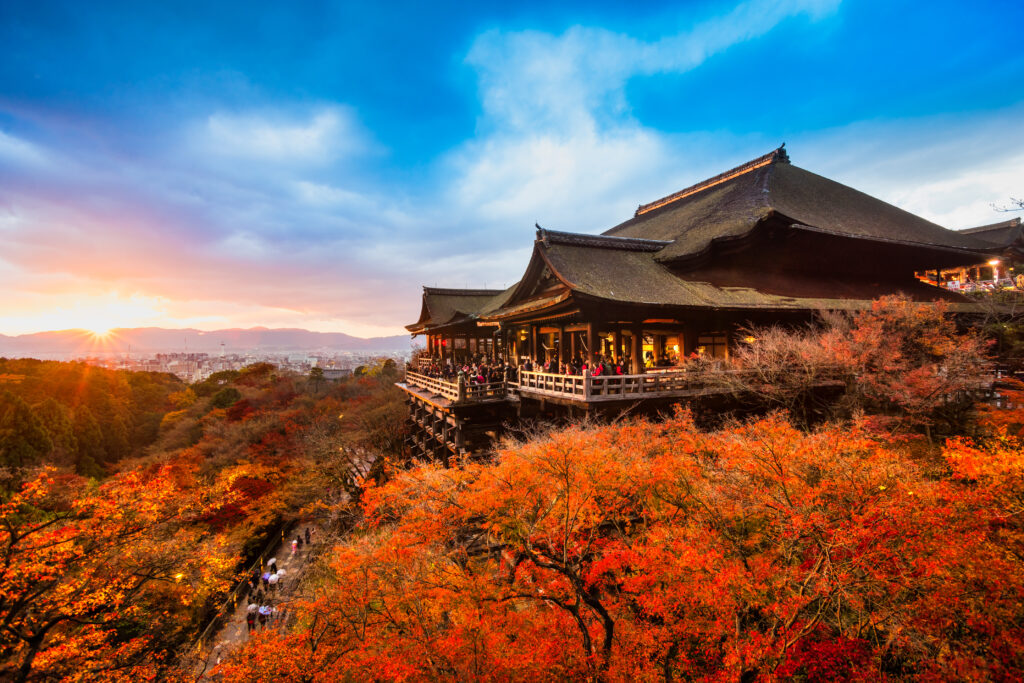
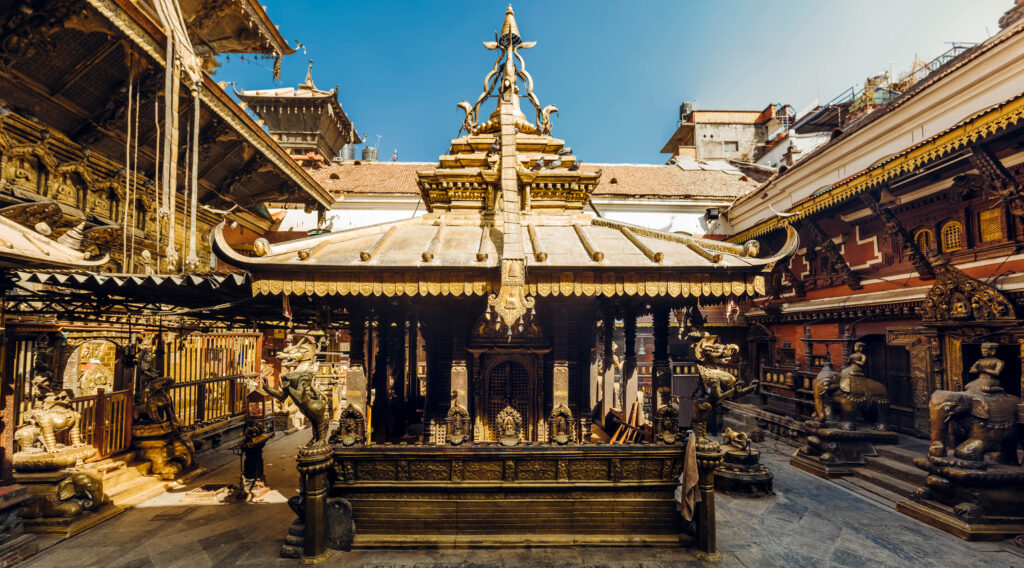
Kathmandu Valley, Nepal
The UNESCO Site of Kathmandu Valley has seven significant locations. The first three are the Durbar Squares, which are located in Kathmandu, Patan and Bhaktapur. Each city’s square has a unique feel, so if architecture fascinates you, it will be worth making the trip to all three squares. The other four sites are Buddhist stupas and Hindu temples. The Buddhist stupa Swayambhu, also known as the Monkey Temple, is about 15 minutes from the center of Kathmandu and offers breathtaking views of Kathmandu Valley – if you’re prepared to work for it and climb the 365 steps!
Read more about top things to do in Kathmandu on our blog.
Petra, Jordan
Petra has gained much popularity in the last few years and has become one of the world’s most famous UNESCO World Heritage Sites. The city is half-built, half-carved in stone and is speculated to have been built as early as the 5th century BC. At its peak, Petra’s population was around 30,000. It’s often called “The Lost City” because it was only rediscovered in 1912. As with many UNESCO World Heritage Sites, it’s hard to imagine that the people of that time had the logistics, skills and techniques to build this magnificent site. Therefore, it’s now one of the World’s New Seven Wonders.


Nubian Monuments from Abu Simbel to Philae, Egypt
The Nubian Monuments stretch across a wide area of Egypt. Abu Simbel is one of the most impressive sites in this area, a couple of temples beautifully carved out of a sandstone cliff. The temples were built by King Ramses II in the 13th century BC and are located near the southern border of Egypt, right by the banks of the Nile River. The site was hidden under the safe protection of the sand for centuries, and a Swiss explorer uncovered this cultural treasure in 1813.
UNESCO prides itself on preserving its member sites, and Abu Simbel proves its proactive approach. This magnificent site was saved from rising waters due to a campaign launched by UNESCO.
Los Glaciares National Park, Patagonia
The Los Glaciares National Park is located at the southern tip of Argentina, near the Chilean border. Many people associate UNESCO World Heritage Sites with historically significant human-made sites. However, this National Park perfectly exemplifies UNESCO’s dedication to protecting constructed and natural sites. This UNESCO World Heritage site rewards visitors with views of mountains, woods and glaciers. The most famous glacier and one of the main attractions of the National Park is the Glaciar Perito Moreno, located in the southern part of the park. Witnessing this glacier’s dynamic and ever-changing nature will be worth a trip to “the end of the world”. Keep your eyes wide open, and you might just see how the ice parts from the outer walls of the glacier.
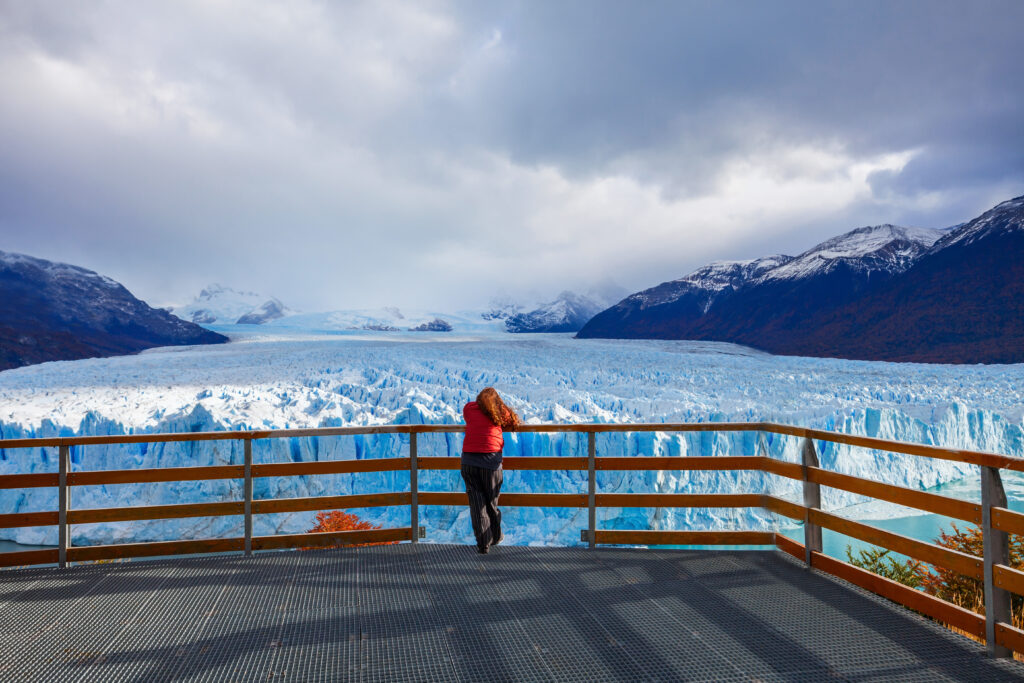
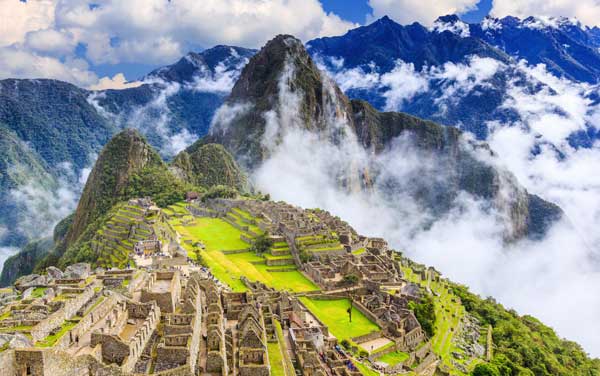
Machu Picchu, Peru
One of the most well-known UNESCO World Heritage Sites, Machu Picchu, hardly needs an introduction. However, if you have been to this spectacular site, you’ll know it’s impossible to exclude. Machu Picchu is an old Incan city that was built in the 15th century, abandoned in the 16th century, and rediscovered only about 100 years ago, in 1911. Whether you hike or take the train to this site, the views over this lost city are rewarding and will leave you speechless.
Machu Picchu is situated at 2,430 meters and surrounded by cliffs. Prepare to wonder in awe at how the Incas built a city made out of stone walls with such precision. You’ll appreciate it even more if you take the challenge to hike to the site. Therefore, it’s hardly a surprise that Machu Picchu is now one of the World’s New Seven Wonders.
Old Havana, Cuba
Havana, and Cuba in general, is one of the few places where a visit feels like travelling back in time. With scarce Wi-Fi availability, you might as well leave your phone at home and treat your holiday as a holiday, an opportunity to switch off from all the hustle and bustle of daily life. You can walk through Old Havana and find this protected area. From stunningly beautiful colonial architecture in every colour to the famous classic cars. From the breathtaking sunset views to tasting Cuban rum. Old Havana will help you get into the Caribbean way of life.
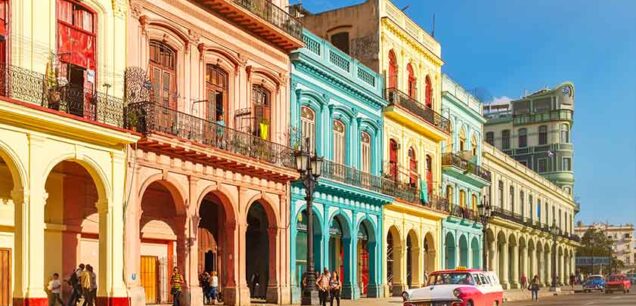

Teotihuacan, Mexico
Teotihuacan is a pre-Hispanic city estimated to have been founded around 100 BC. Located a short drive from Mexico City, the site symbolises a mysterious world and time that we still don’t know much about. This just makes it all the more intriguing to its visitors. At its peak, the city is thought to have been home to around 200,000 people and is said to have played a significant role in influencing the surrounding areas culturally. The Pyramids of the Sun and the Moon are the most famous and impressive ancient city monuments. Make sure to climb the 248 steps of the Pyramid of the Sun when you visit and be rewarded with stunning views over the complex.
Serengeti National Park, Tanzania
The Serengeti National Park has a diverse ecosystem stretching over 14,750 km². Therefore, it’s only a given that the Serengeti National Park appears in our collection of the best UNESCO World Heritage Sites. Located in northern Tanzania, the Serengeti National Park is most famous for the spectacular Great Migration that happens every year. In addition, it’s one of the few places on earth where you can see all of the “big 5” and wildebeest. This makes the Serengeti National Park one of the best (if not the best) safari options. Prepare for the mesmerising out-of-a-movie African landscapes of savannahs, rivers and grassland.
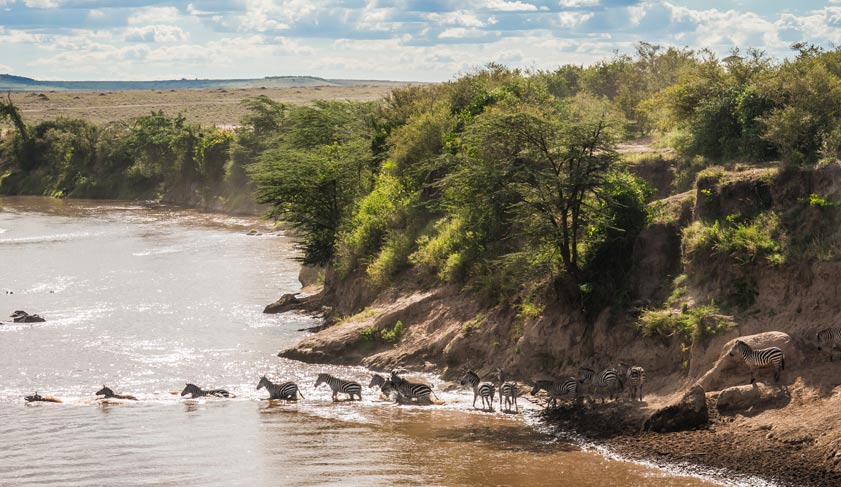
Okavango Delta, Botswana
UNESCO describes the Okavango Delta as “an exceptional example of the interaction between climatic, hydrological and biological processes”, and it was the 1000th site to join the UNESCO collection in 2014. The Okavango Delta has many characteristics that make it unique. For example, it’s one of the only deltas that doesn’t flow into the ocean. Furthermore, the annual flooding occurs during the dry season. Running through the northern part of Botswana, the delta is also home to abundant wildlife. This includes many endangered species, such as the black and white rhinoceros, cheetah and African lion. Safaris on the Okavango Delta take place on small boats that seat 1-2 people, known as mokoros. It’s a unique way to discover this site’s rare flora and fauna.
